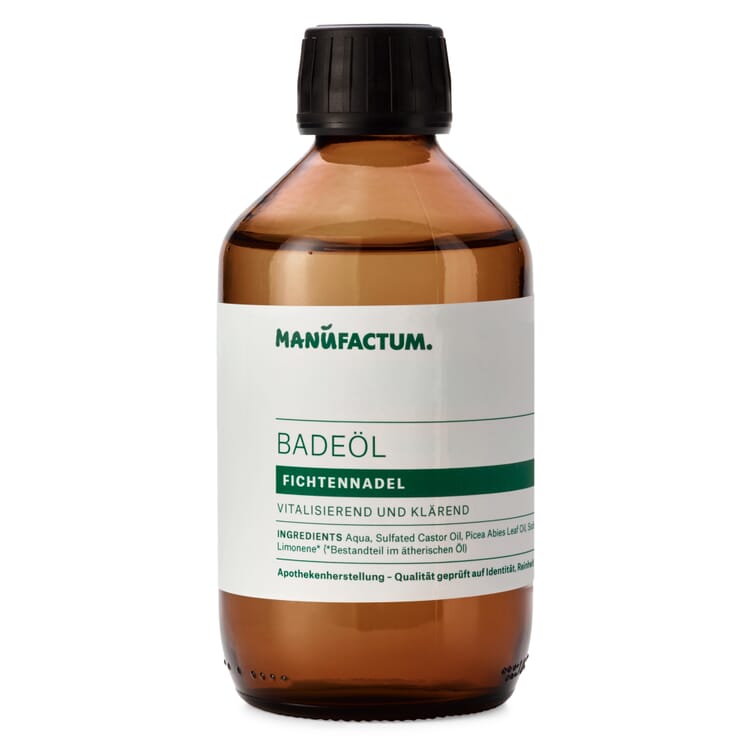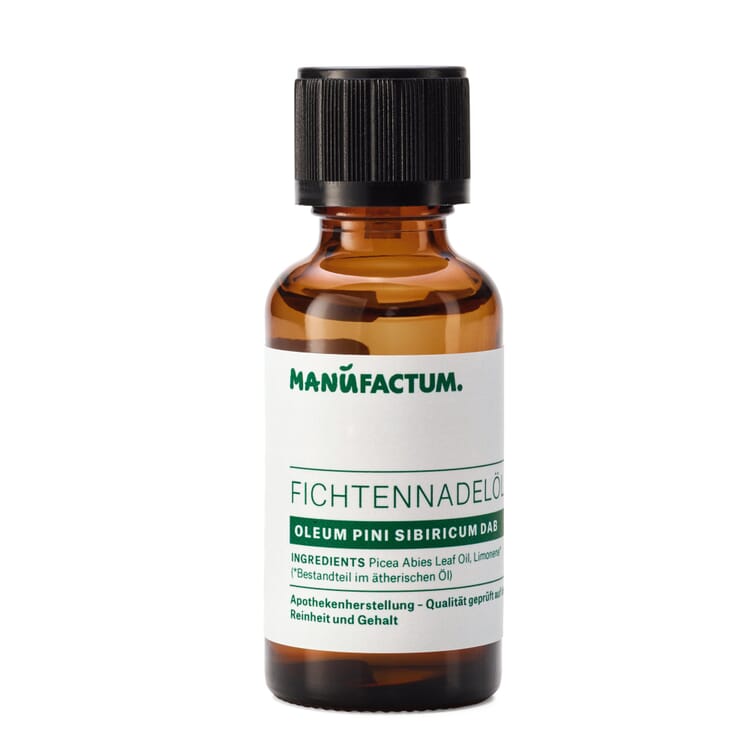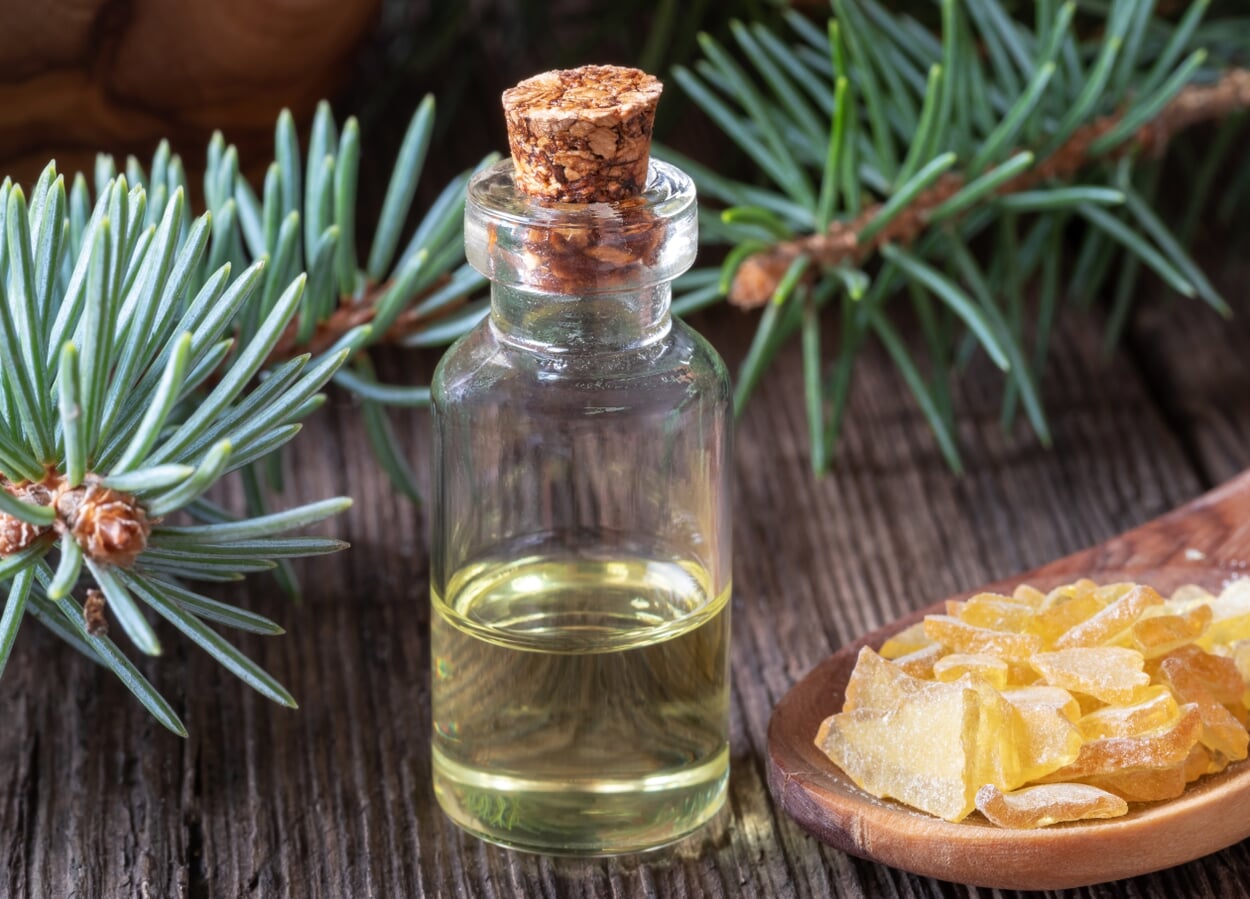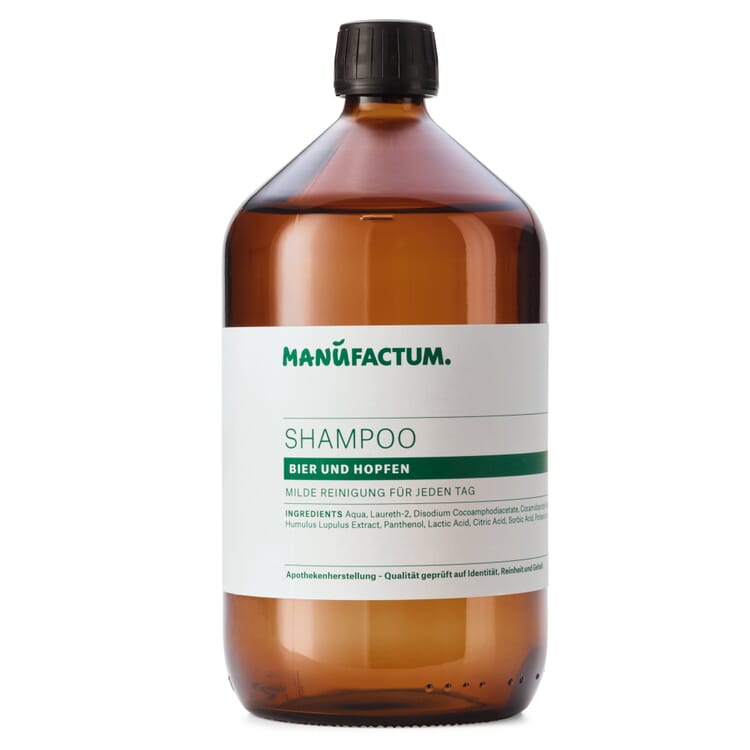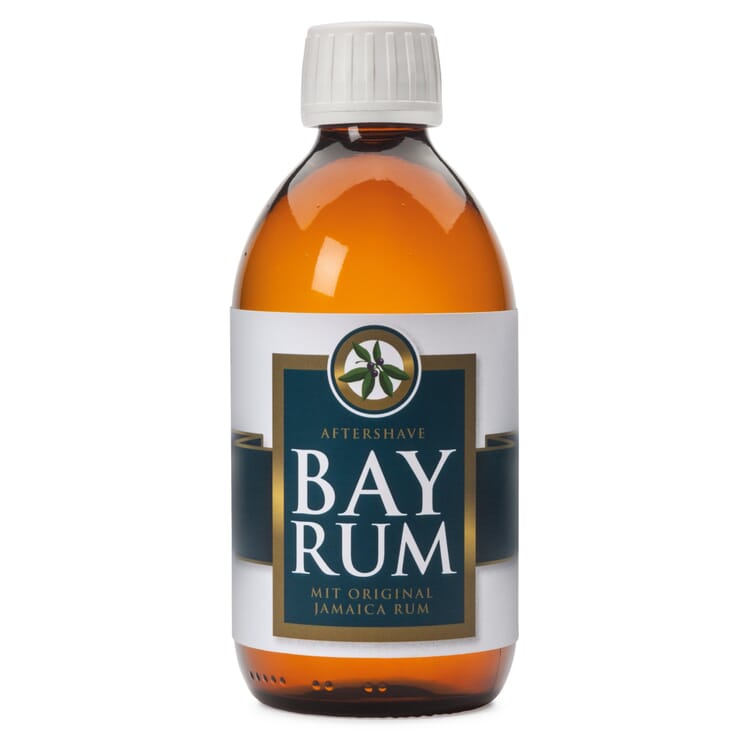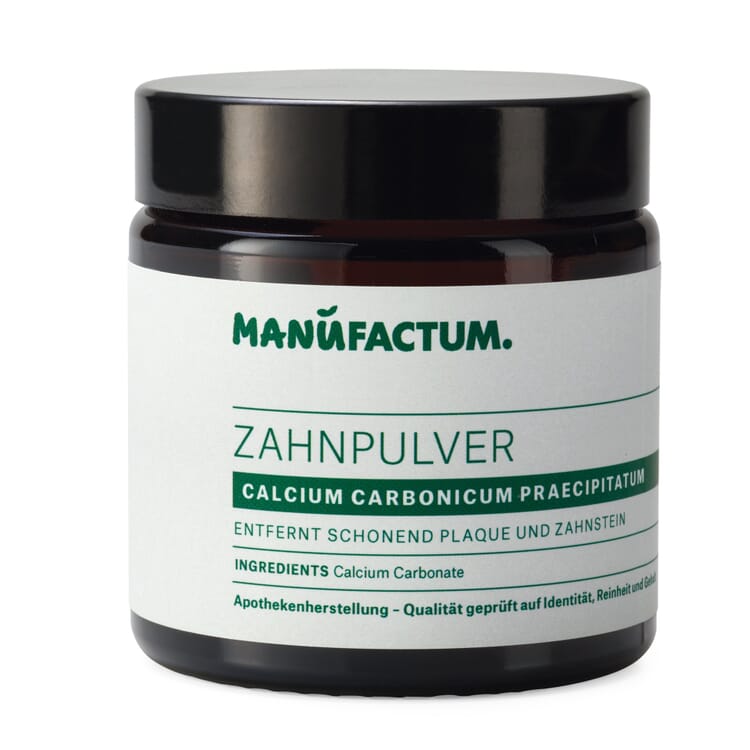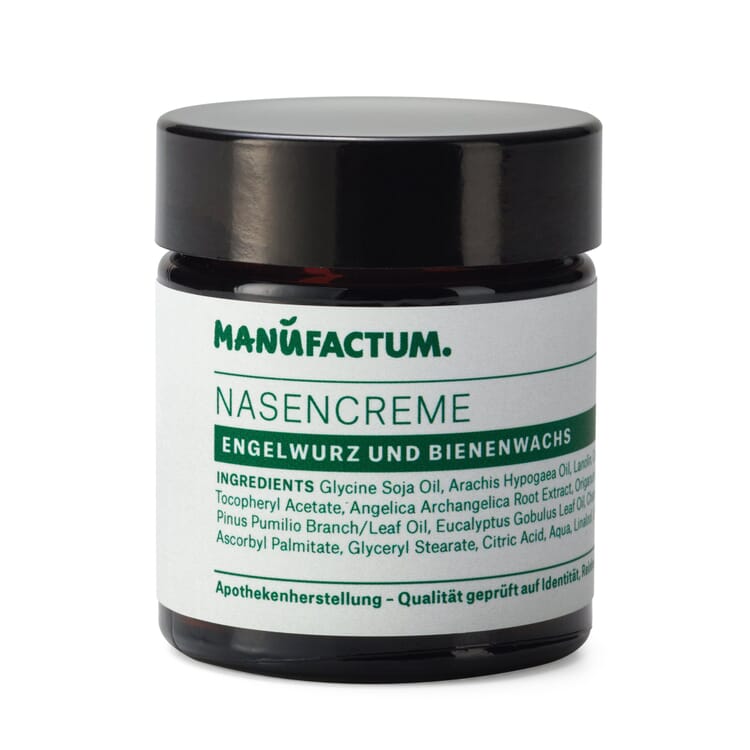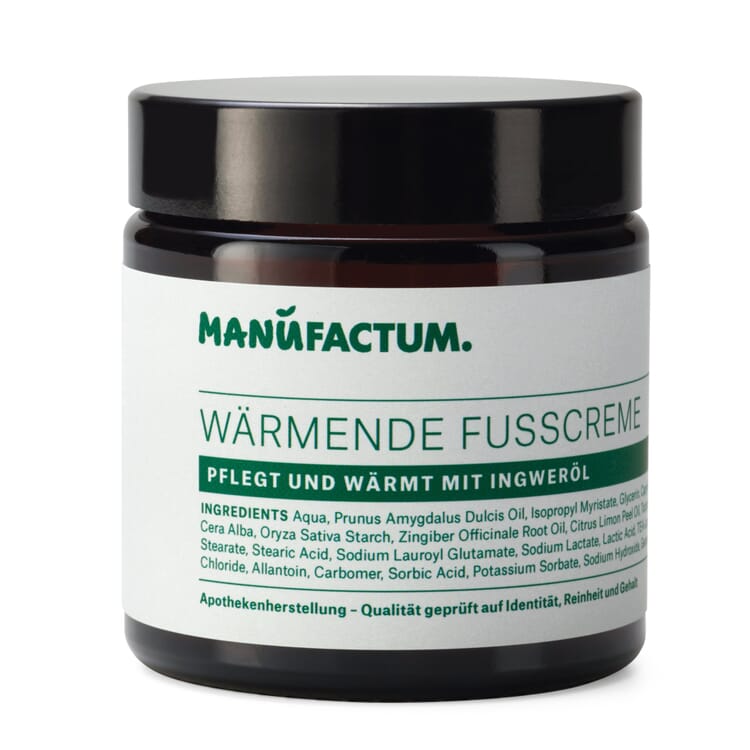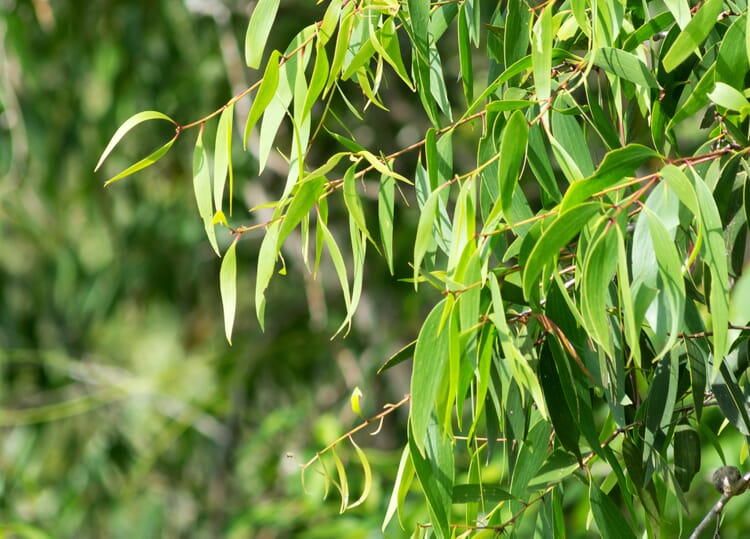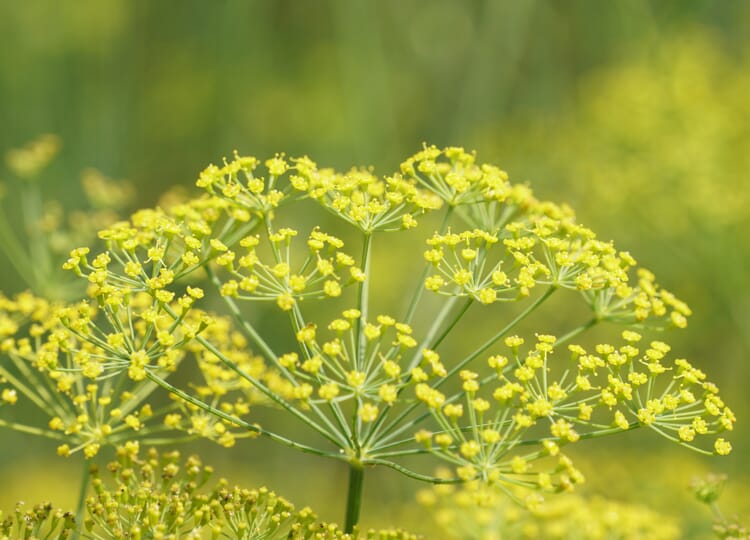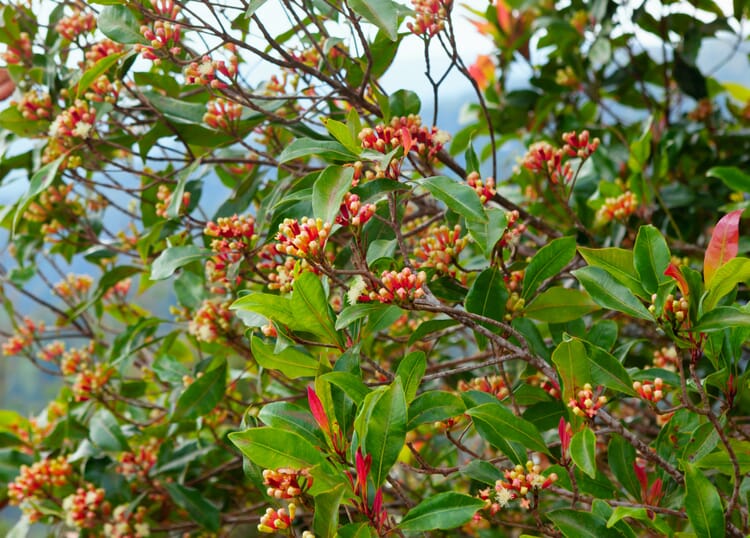Medicinal plants A|B|C
Norway spruce (Picea abies)
Free-standing spruces grow 30 to 40 meters high, in dense stands they even stretch to 60 meters. Their pointed, piercing needles sit on small stems, and the hanging cones fall to the ground as "pine cones" in the fall. The spruce was named Tree of the Year 2017 because it does not tolerate a lack of water or waterlogging. It will therefore not cope well with the expected climatic changes - Germany's most common tree species could soon become rare.
Origin and cultivation.
The spruce is native to the Alps and the higher altitudes of the low mountain ranges, and in the Black Forest it characterizes entire regions. Because it produces a high timber yield, the "bread tree of forestry" was also planted for two centuries where it does not feel very comfortable: in the plains. Here it has little resistance to storms and bark beetles. Today, spruce is usually planted together with beech and pine. As a Christmas tree, however, it is as good as extinct. Among other things, it has been replaced by the Nordmann fir, which is almost odorless, but has fewer needles and does not prick as much.
Ingredients.
The young, bright green shoots contain high concentrations of vitamin C. However, anyone wishing to collect them for private use, for example to make a syrup from them, must first ask the forest owner or the forester. In addition to turpentine oil, resin and tannins, the leaf needles also contain the pleasantly forest-scented spruce needle oil; however, the essential oil content of the needles is only about 0.2 percent. Despite the meager yield, it is extracted commercially in a complex production process, because it has a welcome effect on coughs and colds.
Products with spruce needle oil
Use of spruce needle oil.
- Almost all cold remedies contain spruce needle oil because it is expectorant, cough suppressant and antispasmodic. In addition, it has a mild antiseptic effect, promotes circulation, and is diuretic and diaphoretic. As an inhalation it facilitates expectoration and clears the nose.
- Spruce needle oil in a bath additive has an invigorating effect and relieves mild muscle pain and rheumatic disorders. Massaged into the skin, it shows positive effects on sprains and bruises - for this reason spruce needle oil is an important ingredient of the Franzbranntwein
- Also as a sauna infusion spruce needle oil frees the respiratory tract.
Spruce needle oil is not suitable for small children and also for adults with asthma or whooping cough. Baths with spruce additives are not recommended in case of major skin injuries or acute skin diseases, in case of high fever as well as in case of cardiac insufficiency and severe hypertension.
Exclusive Manufactum body care products
Recommended Topics
The more than 600 species of eucalyptus are native to Australia and eastern Indonesia. With heights of up to 100 meters, some species of the evergreen and mostly fast-growing trees are among the largest on earth. The blue-green, leathery leaves are still ovate on young trees, later forming crescent-shaped, drooping forms. The feathery flowers are protected by a tight lid before they bloom, hence the name: in Greek, "eu" means good and "kalyptos" means hidden.
View moreThe leaves of the sun-hungry umbellifer, which grows up to two meters high, are strongly pinnate, so that only a little water evaporates over the small leaf surface. Another adaptation of the fennel to the dry locations of its original home in the Mediterranean are the thickened lower leaf stalks. They form a pseudotuber with a storage function, which is particularly fleshy in the case of vegetable fennel. The yellow flowers of the fennel appear from July to September in large, plate-shaped double umbels.
View moreThe evergreen clove tree is a child of the tropics; heat and humidity of up to 100 percent are just right for the tree, which can grow to about 12 meters high and 130 years old. Its dried flower buds are used as a spice and also as a remedy; because they resemble small nails in shape, they used to be called "little nails." The power of the medicinal plant of the year 2010 can be easily tested: if you bite on a clove, you will feel a burning sensation on your tongue and the slight anesthesia.
View more


